How Omega‑3s Can Ease Muscle Soreness and Boost Recovery
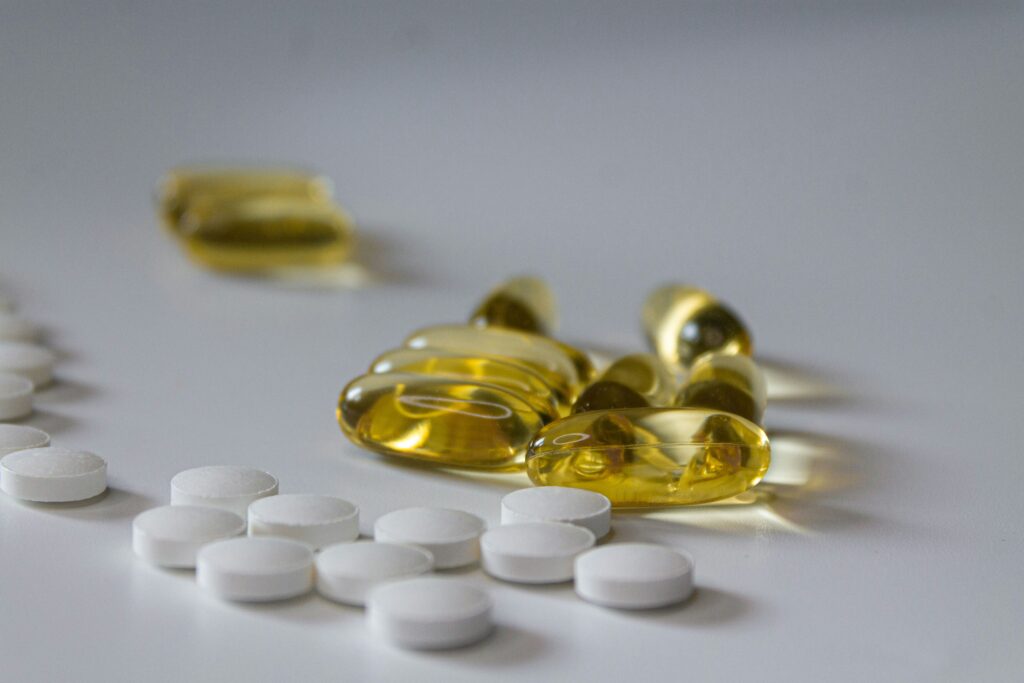
Ever finished a grueling workout only to lie in bed feeling like you climbed a mountain? The next morning, stepping out of bed feels like a mini-marathon. That familiar ache pain, or stiffness is known as delayed-onset muscle soreness (DOMS). It’s caused by microscopic damage to muscle fibers, especially from eccentric movements (such as lowering weights or sprinting downhill).
For many, fish oil or salmon is just dinner or a supplement. But mounting evidence shows that the omega-3 fatty acids in these foods can be integral for easing that soreness and helping you recover optimally.
What Makes Omega‑3s Special?
Omega‑3s are long-chain polyunsaturated fats, primarily EPA and DHA, found abundantly in fish oil and fatty fish. These fats play important roles in cellular health and inflammation regulation.
When you work out hard, your muscles experience inflammation and tissue breakdown. Omega‑3s help calm this inflammatory response by influencing hormones called eicosanoids, shifting your body toward a more recovery-friendly state.
Real-Life Benefits Backed by Research
Less Soreness, Faster Recovery
A 2011 study found that athletes who took omega‑3 supplements experienced significantly less muscle soreness after eccentric exercise. Another 2021 study confirmed this by showing reduced inflammation marker IL‑6 and lower soreness 24 hours post-exercise in people supplementing with omega‑3s compared to a placebo group.
In a recreationally active group, 6 grams per day of fish oil struck the best balance by minimizing soreness and reducing muscle damage markers up to 72 hours post-exercise.
Improved Strength and Performance Maintenance
A study involving overweight men showed that 4 grams of omega‑3 daily for four weeks increased recovery outcomes: lower muscle damage (measured via creatine kinase) and better post-HIIT strength compared to placebo.
Another mixed supplements study with omega‑3 and whey protein found that users had reduced DOMS and maintained strength and power more effectively immediately and 12 hours post-workout.
Better Outcomes in Everyday Athletes
In a study across the general active population, those with higher omega‑3 indices (via supplementation) showed less stiffness, better range of motion, and faster strength retention.
What This Means for You
Omega‑3 supplementation, particularly in the range of 2 to 6 grams per day, is one of the few recovery hacks grounded in solid science. Benefits don’t just include reduced soreness. You support muscle repair, maintain range of motion, and reduce systemic inflammation.
For best effect:
- Start before or immediately after your workout (especially true when combined with protein).
- Be consistent. Many studies often used 4 weeks or more to capture real effects.
- Pair it with a protein-rich diet, hydration, and rest to maximize recovery synergy.
In Food or Supplement Form?
Whole-food sources like salmon, sardines, or chia seeds (ALA form) work well. Supplements, particularly fish oil capsules rich in EPA and DHA, offer more consistency and dosage control.
As always, it’s wise to check with a professional before high-dose supplementation, particularly if you’re on medications that affect blood clotting or have specific health conditions.
Summary Table: What Omega‑3s Do for Your Recovery
| Benefit Category | Real-World Effect |
| Soreness Reduction | Less DOMS 24–72 hours post-exercise |
| Inflammation Control | Reduced IL-6 and creatine kinase levels |
| Strength Recovery | Better maintenance of muscle strength and power |
| Mobility Preservation | Reduced stiffness and improved range of motion |
| Long-Term Recovery Aid | Supports systemic recovery, immunity, and longevity |
Most Bio-Effective Omega-3 Fatty Acids
1. EPA (Eicosapentaenoic Acid)
- Role: Anti-inflammatory; directly helps reduce exercise-induced inflammation, muscle soreness, and joint pain.
- Benefits:
- Lowers pro-inflammatory cytokines like IL‑6 and TNF‑alpha.
- May support mental clarity and post-exercise mood stability.
- Source: Fatty fish (salmon, sardines, mackerel), high-EPA fish oil supplements.
2. DHA (Docosahexaenoic Acid)
- Role: Cellular membrane repair, neuromuscular health.
- Benefits:
- Supports muscle membrane stability.
- Plays a role in protecting brain function and reducing oxidative stress post-workout.
- Source: Same as EPA but found in slightly different ratios depending on the fish or supplement.
Best Ratio for Recovery: Look for a combined EPA/DHA supplement with at least 3:2 or 2:1 EPA to DHA for optimal recovery-focused benefits. Sports Research Triple Strength Omega-3 Fish Oil is a highly recommended choice:
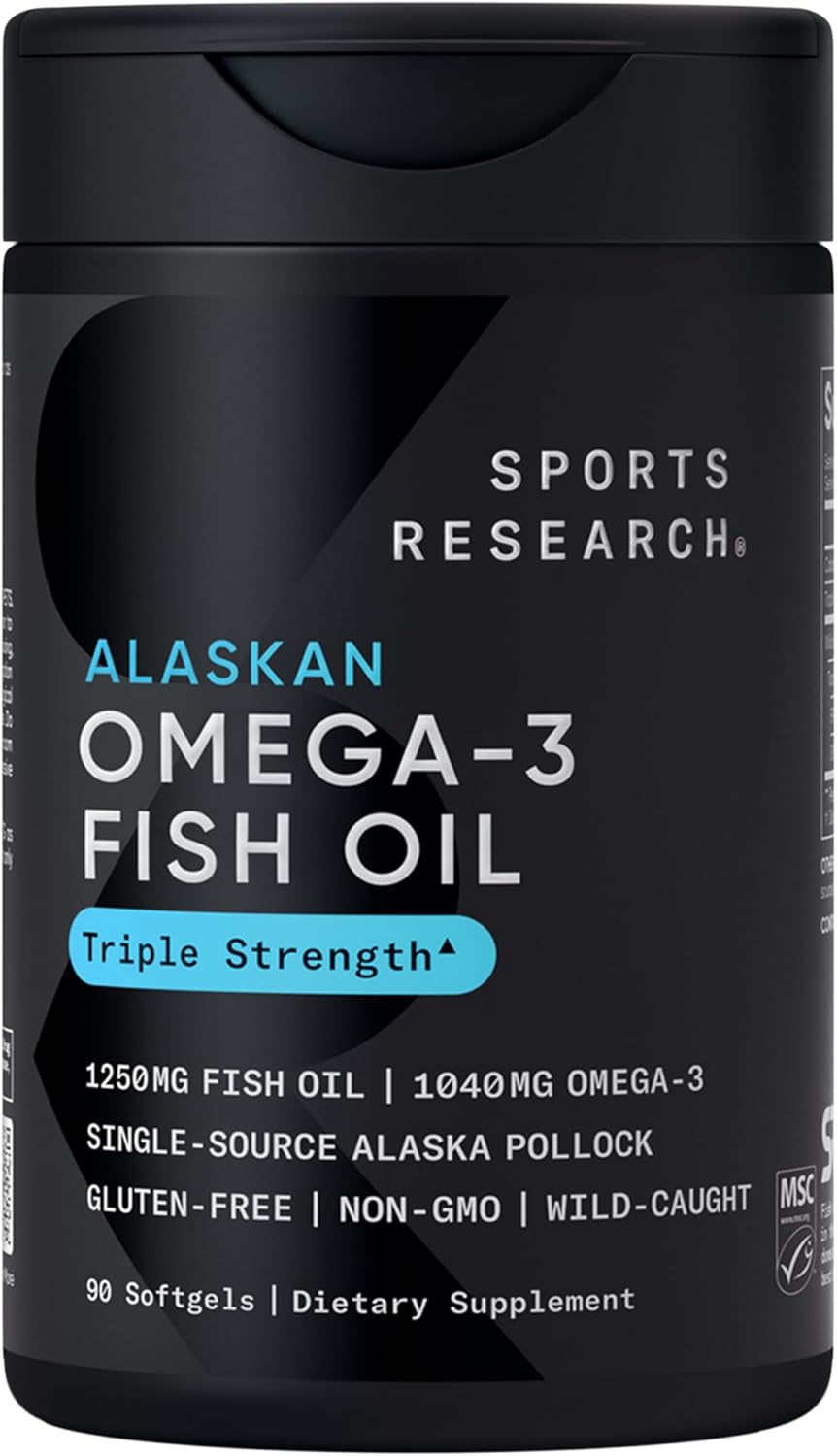
3. rTG (Re-esterified Triglyceride Form)
- Role: Supplement formulation, not a type of omega‑3 per se.
- Benefits:
- Offers superior absorption compared to ethyl ester (EE) forms.
- Up to 70% better uptake in the body.
- Common Brands: Nordic Naturals, Wiley’s Finest, Carlson Labs, and Igennus Ultra Pure (check for “rTG” or “triglyceride form” on the label).
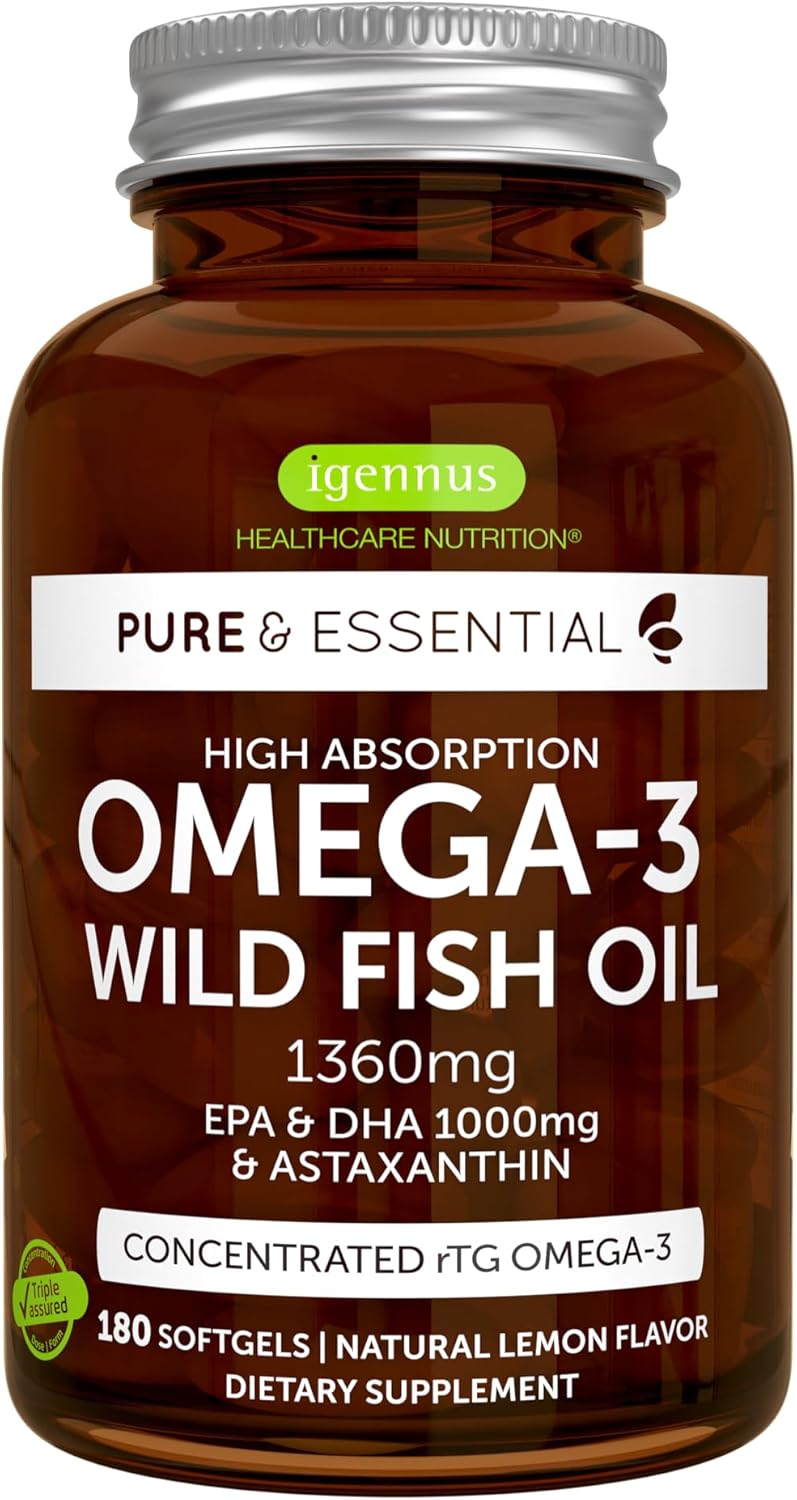
4. Phospholipid Form (Krill Oil)
- Role: Omega‑3s bound to phospholipids, which integrate more easily into cell membranes.
- Benefits:
- Enhanced bioavailability.
- May be easier on the stomach.
- Contains astaxanthin, a natural antioxidant that supports recovery.
- Source: Krill oil supplements (e.g., Neptune Krill Oil, MegaRed, Sports Research).
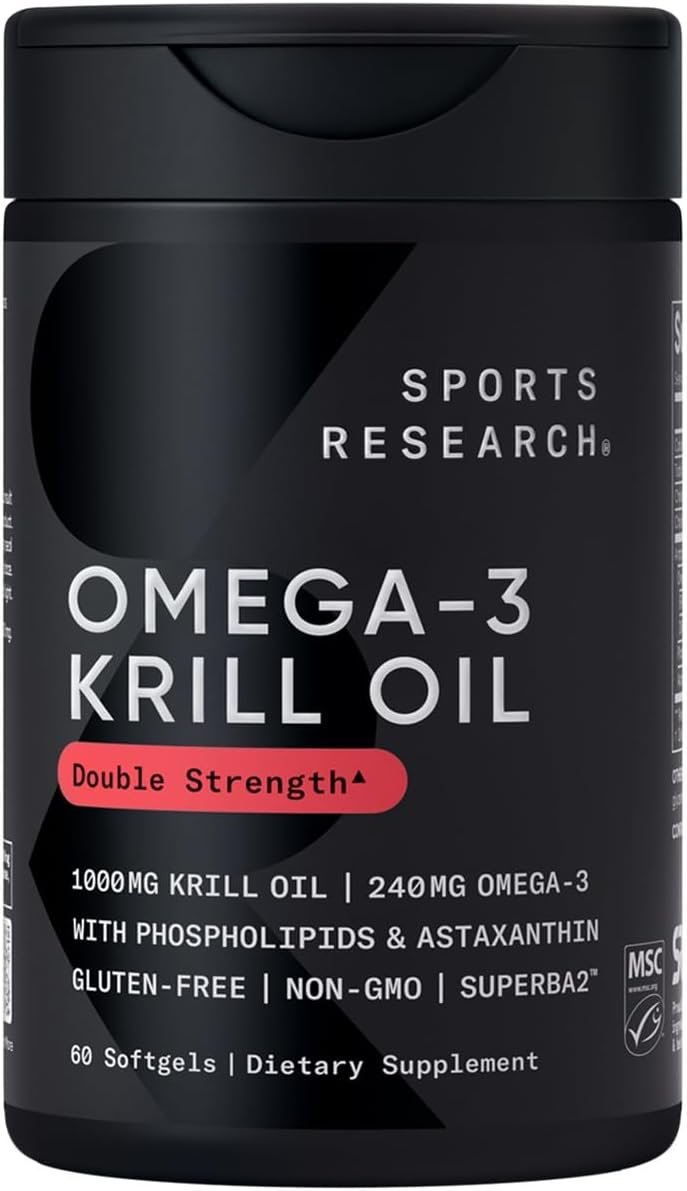
5. ALA (Alpha-Linolenic Acid)
- Role: Plant-based precursor to EPA/DHA.
- Benefits:
- Some anti-inflammatory effects.
- Must be converted by the body to EPA/DHA, but conversion rate is low (less than 10%).
- Source: Flaxseed, chia seeds, walnuts.
- Best Use: Useful for general health, but not ideal as a primary source for athletic recovery. One example is NatureWise Flaxseed Oil with ALA is a popular option.
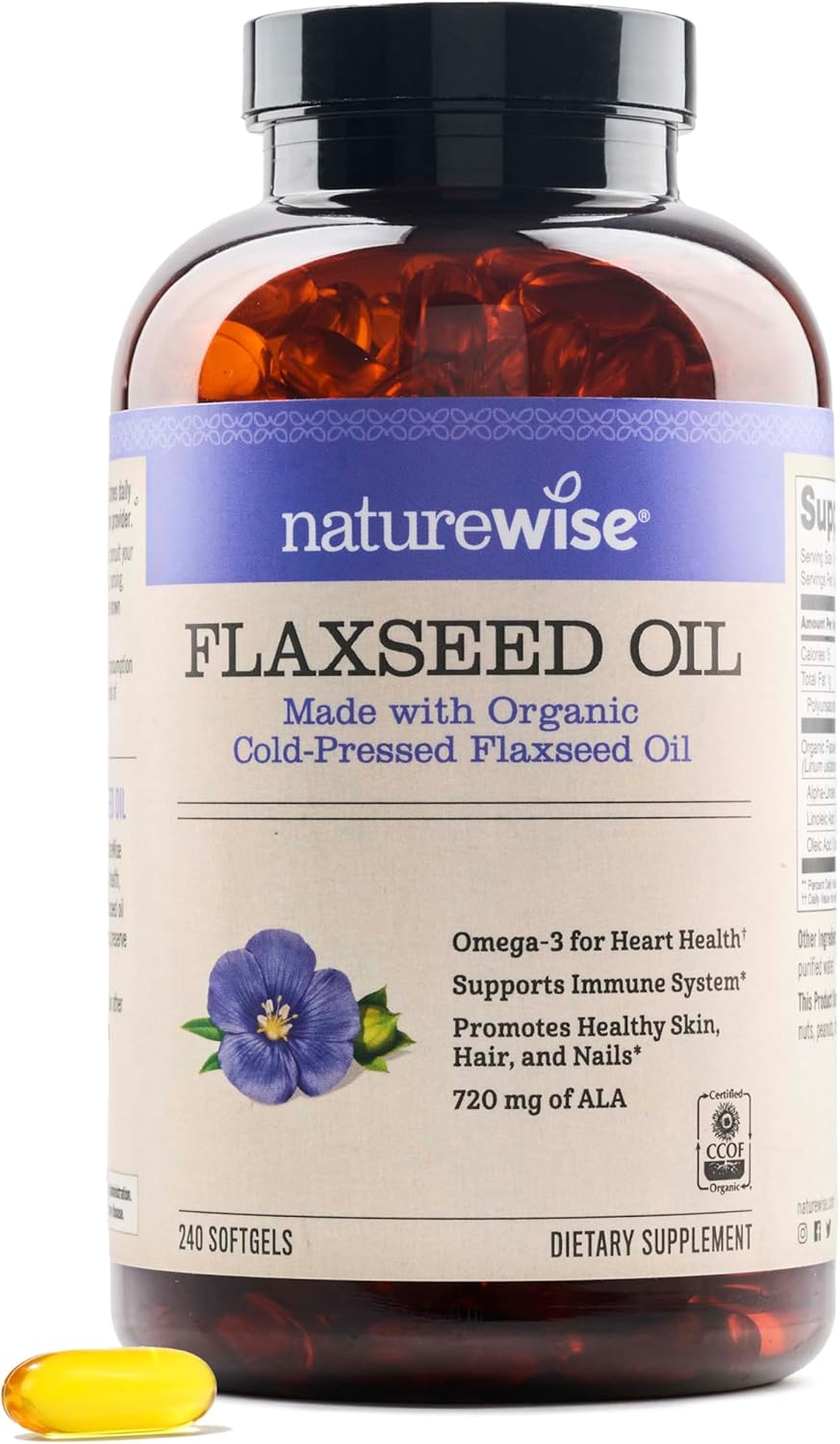
Some Final Thoughts on Omega-3s
If you’re hoping to engineer your best recovery strategies, consider letting omega‑3s become your post-workout ally. They’re backed by science, help you feel better, and allow you to optimize your entire workout routine.
For more workout recovery tips, please visit us at Recovery Essentials Hub.
This post contains affiliate links. If you click on one and make a purchase, I may earn a commission at no additional cost to you. Rest assured, I only recommend products or services I believe will provide value to my readers.
Resources:
https://en.wikipedia.org/wiki/Delayed_onset_muscle_soreness
https://pmc.ncbi.nlm.nih.gov/articles/PMC3737804
https://jissn.biomedcentral.com/articles/10.1186/s12970-020-00405-1
https://www.jssm.org/jssm-23-317.xml%3EFulltext
https://www.mdpi.com/2072-6643/16/24/4263
https://www.grassrootshealth.net/blog/nutrients-affecting-muscle-strength-recovery
https://www.realsimple.com/foods-to-eat-after-a-workout-8681539


